Stroke is a critical health issue that affects millions of individuals worldwide each year. It is a leading cause of long-term disability and death, making awareness and understanding of this condition essential. This blog will explore the types of strokes, risk factors, symptoms, treatment options, and preventive measures to help you navigate this complex health concern.
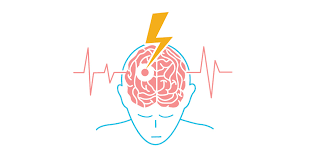
What is a Stroke?
A stroke occurs when the blood supply to the brain is disrupted, leading to brain cell damage. This disruption can happen in two main ways:
1. Ischemic Stroke
Ischemic stroke, which accounts for approximately 87% of all strokes, occurs when a blood vessel supplying blood to the brain is blocked. This blockage can arise from: Thrombosis: A blood clot forms in a blood vessel supplying blood to the brain. Embolism: A blood clot or debris forms away from the brain (often in the heart) and travels through the bloodstream, lodging in a narrower brain artery.
2. Hemorrhagic Stroke
Hemorrhagic stroke occurs when a blood vessel in the brain ruptures, causing bleeding in or around the brain. This type of stroke can be caused by: Aneurysms: Weak spots in blood vessels that can balloon and rupture. Arteriovenous Malformations (AVMs): Abnormal tangles of blood vessels that may rupture.
Recognizing Stroke Symptoms
Understanding the symptoms of a stroke can be life-saving. The acronym FAST can help you remember the key warning signs: F (Face Drooping): One side of the face may droop or feel numb. Ask the person to smile; the smile may be uneven. A (Arm Weakness): One arm may feel weak or numb. Ask the person to raise both arms; one may drift downward. S (Speech Difficulty): Speech may be slurred, or the person may have difficulty speaking or understanding. Ask them to repeat a simple sentence. T (Time to Call Emergency Services): If you notice any of these symptoms, call emergency services immediately. Other symptoms can include sudden confusion, trouble seeing in one or both eyes, and sudden severe headaches with no known cause.
Risk Factors for Stroke
Several factors can increase the likelihood of having a stroke. These can be categorized into modifiable and non-modifiable risk factors.
Non-Modifiable Risk Factors
Age: The risk of stroke increases with age, particularly after age 55. Family History: A family history of stroke can elevate risk. Race: Certain racial and ethnic groups, such as African Americans, have a higher risk.
Modifiable Risk Factors
High Blood Pressure: This is the leading cause of stroke. Regular monitoring and management are crucial. Diabetes: Poorly controlled diabetes increases the risk of stroke. High Cholesterol: Elevated cholesterol levels can contribute to atherosclerosis, which narrows blood vessels. Obesity: Excess weight is linked to high blood pressure and diabetes. Physical Inactivity: A sedentary lifestyle increases the risk of stroke. Smoking: Tobacco use damages blood vessels and increases clot formation. Excessive Alcohol Consumption: Heavy drinking can raise blood pressure and contribute to stroke risk.
Diagnosing Stroke
Rapid diagnosis is crucial when a stroke is suspected. Healthcare professionals may utilize various tools to confirm a stroke diagnosis and determine its type: Physical Exam: A thorough assessment of symptoms and medical history is performed. Imaging Tests: CT scans or MRIs help visualize the brain and determine the location and type of stroke. Blood Tests: These tests check for blood clotting issues, blood sugar levels, and other underlying conditions.
Treatment Options for Stroke
The treatment for stroke varies depending on its type and severity.
Ischemic Stroke Treatments
Thrombolytics: Medications like tissue plasminogen activator (tPA) can dissolve blood clots if administered within a specific time window (usually within 3-4.5 hours of symptom onset). Mechanical Thrombectomy: A procedure that removes large clots from the arteries, typically performed within 6-24 hours of symptom onset.
Hemorrhagic Stroke Treatments
Surgery: To repair blood vessels or relieve pressure on the brain caused by bleeding. Endovascular Procedures: Techniques to block or clip an aneurysm or AVM. Medications: To manage blood pressure and prevent further bleeding.
Rehabilitation and Recovery
Recovery from a stroke can vary significantly among individuals, influenced by factors such as the type and severity of the stroke, age, and overall health. Rehabilitation is a critical aspect of recovery and may include: Physical Therapy: To help regain strength and mobility, focusing on balance and coordination. Occupational Therapy: To assist with daily living activities and promote independence. Speech Therapy: To address communication difficulties and help regain language skills. Rehabilitation can be a long and challenging process, requiring support from healthcare professionals, family, and friends.
Living with the Aftermath of Stroke & Preventing Stroke
The aftermath of a stroke can be profound, affecting not only the survivor but also their families and caregivers. Emotional and psychological impacts are common and may include: Depression: Feelings of sadness or hopelessness are prevalent among stroke survivors. Anxiety: Concerns about future strokes, health, and changes in lifestyle can cause anxiety. Adjustments: Adapting to changes in physical abilities, communication, and independence can be challenging. Support groups and counseling can provide emotional support, helping survivors and families cope with these changes. While not all strokes are preventable, many risk factors can be managed. Here are key strategies to reduce stroke risk: Manage Blood Pressure: Regularly monitor blood pressure and make lifestyle changes to keep it within a healthy range. Control Diabetes: Work with healthcare providers to maintain stable blood sugar levels through diet, exercise, and medications. Adopt a Healthy Diet: A balanced diet rich in fruits, vegetables, whole grains, and lean proteins can help maintain a healthy weight and blood pressure. Exercise Regularly: Aim for at least 150 minutes of moderate aerobic activity each week. Activities like walking, swimming, or cycling can be beneficial. Quit Smoking: Seek support to quit smoking and reduce exposure to secondhand smoke. Limit Alcohol Intake: If you drink, do so in moderation. Guidelines recommend no more than one drink per day for women and two for men. Stay Informed: Regular check-ups with healthcare providers to discuss stroke risk factors and take preventive measures.
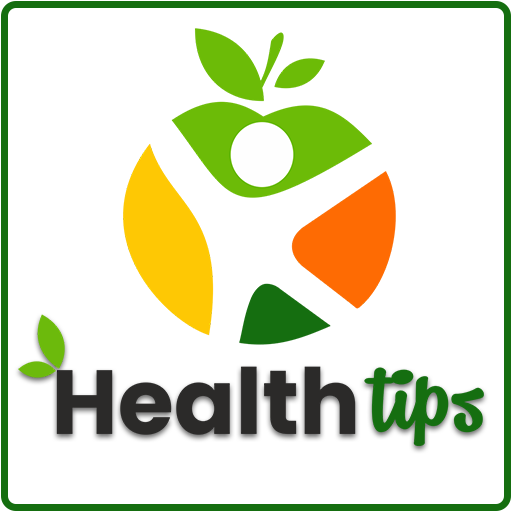

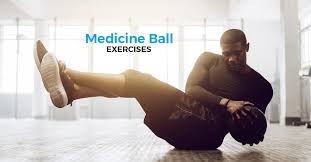
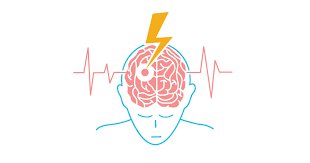
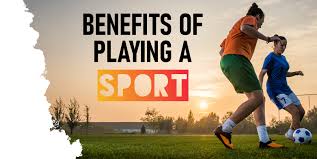
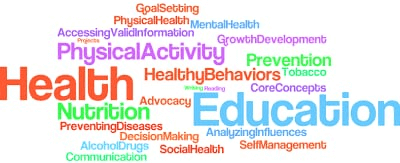

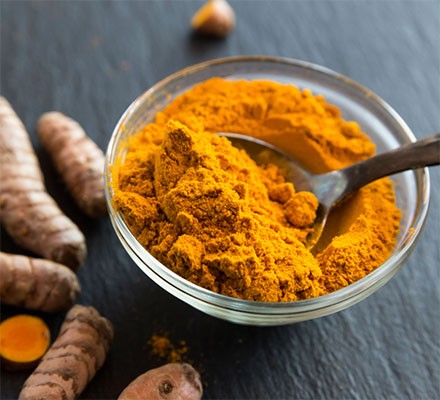
Comments
Leave a comment